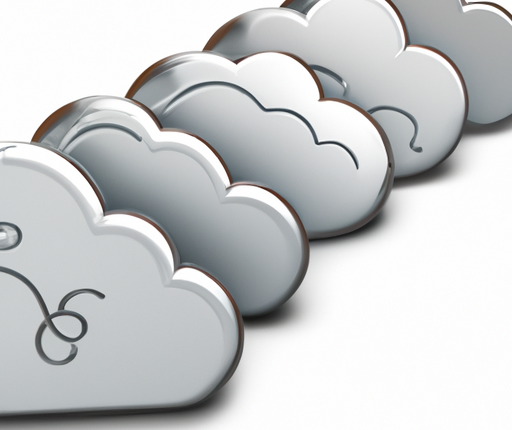As technology continues to advance at a rapid pace, businesses must stay up to date in order to remain competitive. One of the most important decisions that any organization will have to make is choosing the right computing architecture. In recent years, two models have emerged as the most popular – cloud computing and edge computing. In this article, we will delve into the differences and similarities between cloud computing and edge computing, as well as their respective pros and cons.
What is Cloud Computing?
Cloud computing refers to a model in which data and services are stored on remote servers and accessed over the internet. This allows businesses to store large amounts of data without worrying about the cost or maintenance of infrastructure. Cloud computing is often used by businesses that require extensive data processing, like e-commerce platforms or customer relationship management (CRM) systems.
Benefits of Cloud Computing
One of the main benefits of cloud computing is the flexibility it provides. Businesses can scale their operations quickly and efficiently depending on their needs. For example, a company with a sudden influx of traffic can easily upgrade their servers to handle the traffic, and then scale back down when things slow down again. Another benefit is the reduced costs associated with hardware and infrastructure maintenance. Businesses can eliminate the need for costly on-premises servers and data centers, which can save them money in the long run.
Drawbacks of Cloud Computing
Despite its many advantages, cloud computing does have its downsides. One of these is the potential for data breaches. Because data is stored on remote servers that are accessible over the internet, there is always a risk that it will be intercepted or stolen. Another disadvantage is the dependency on internet connectivity; any disruption in internet service can bring down an entire cloud-based system, preventing employees from accessing important information.
What is Edge Computing?
Edge computing is a model in which computation and data storage occur at or near the source of the data. Rather than relying on a centralized server, edge computing deploys mini data centers around the areas that produce data. This allows businesses to process data in real-time at the edge of the network, reducing latency and improving performance in the process. Edge computing is increasingly being used by businesses that require low latency applications, such as autonomous cars or industrial internet of things (IIoT) applications.
Benefits of Edge Computing
One of the main benefits of edge computing is its ability to reduce latency. Since data is processed in real-time at the edge of the network, there is no need to send it to a centralized data center for processing. This can result in faster processing times, which is particularly important for applications like autonomous vehicles, where lag time can be deadly. Edge computing also reduces bandwidth usage since it only sends data that has been processed, rather than the entire dataset.
Drawbacks of Edge Computing
Despite its many advantages, edge computing has its challenges. One of them is increased complexity, since there are more mini data centers to manage. Another challenge is the potential for higher costs, since businesses will have to invest in more infrastructure at the edge of the network. Additionally, due to its distributed nature, managing an edge computing system can be more difficult than a centralized cloud-based one.
Cloud Computing vs Edge Computing: Which is Better?
So, given the differences and similarities between cloud computing and edge computing, which is better? Well, the answer to that question depends on the specific needs and requirements of your organization. If your business requires extensive data processing and storage capabilities, then cloud computing may be the way to go. On the other hand, if you need low latency applications that require real-time processing, then edge computing may be the way to go.
Ultimately, the decision between cloud computing and edge computing will come down to a variety of factors: the nature of your business, your budget, your performance requirements, and your security needs. While both models have their advantages and disadvantages, it’s important to consider all the factors before making a decision.
Conclusion
In conclusion, cloud computing and edge computing are two distinct models with their own advantages and disadvantages. While cloud computing is better suited for businesses that require lots of data processing and storage capabilities, edge computing is better suited for applications that require real-time processing and low latency. Ultimately, the decision between the two will depend on the specific needs and requirements of your organization. By understanding the differences between cloud computing and edge computing, you can make a more informed decision that will help your business remain competitive in today’s digital landscape.
